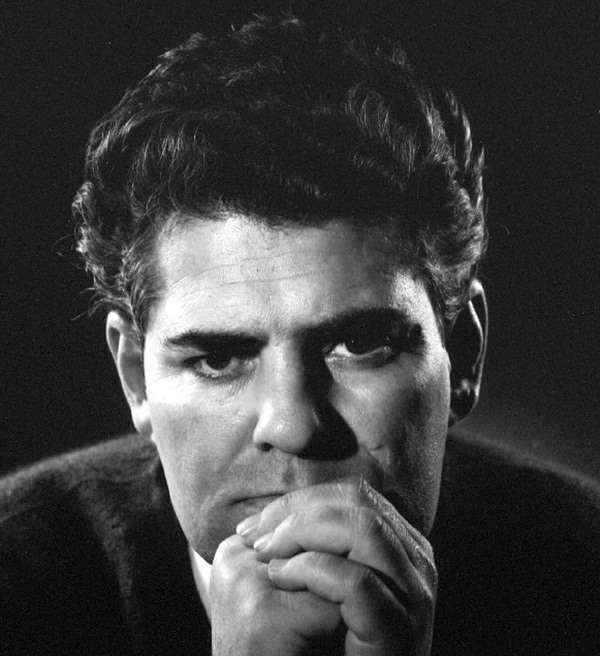On the death of the poet Forugh Farrokhzad
Searching for you
on foothills of mountains,
on thresholds of oceans and meadows,
I cry.
Searching for you
in windy passes
I cry at the crossroads of seasons
in the weathered wood
of a broken window frame
that contains a cloud-stained sky.
Looking for your portrait
in this empty book—
how long
how long
will pages keep turning?
To embrace the flow of wind,
and love
who is sister to death—
eternity
has shared with you
this secret.
And so you have taken the shape of a treasure:
earned and enviable
another kind of treasure
which, claiming the earth, these lands
in this way
has made the heart embrace them.
Your name is a white dawn that passes over the sky’s brow
blessed be your name!—
And so we repeat the round
of night and day
in this way
even
now . . .
© Ahmad Shamlou. By arrangement with the author. Translation © 2003 by Zara Houshmand. All rights reserved.









